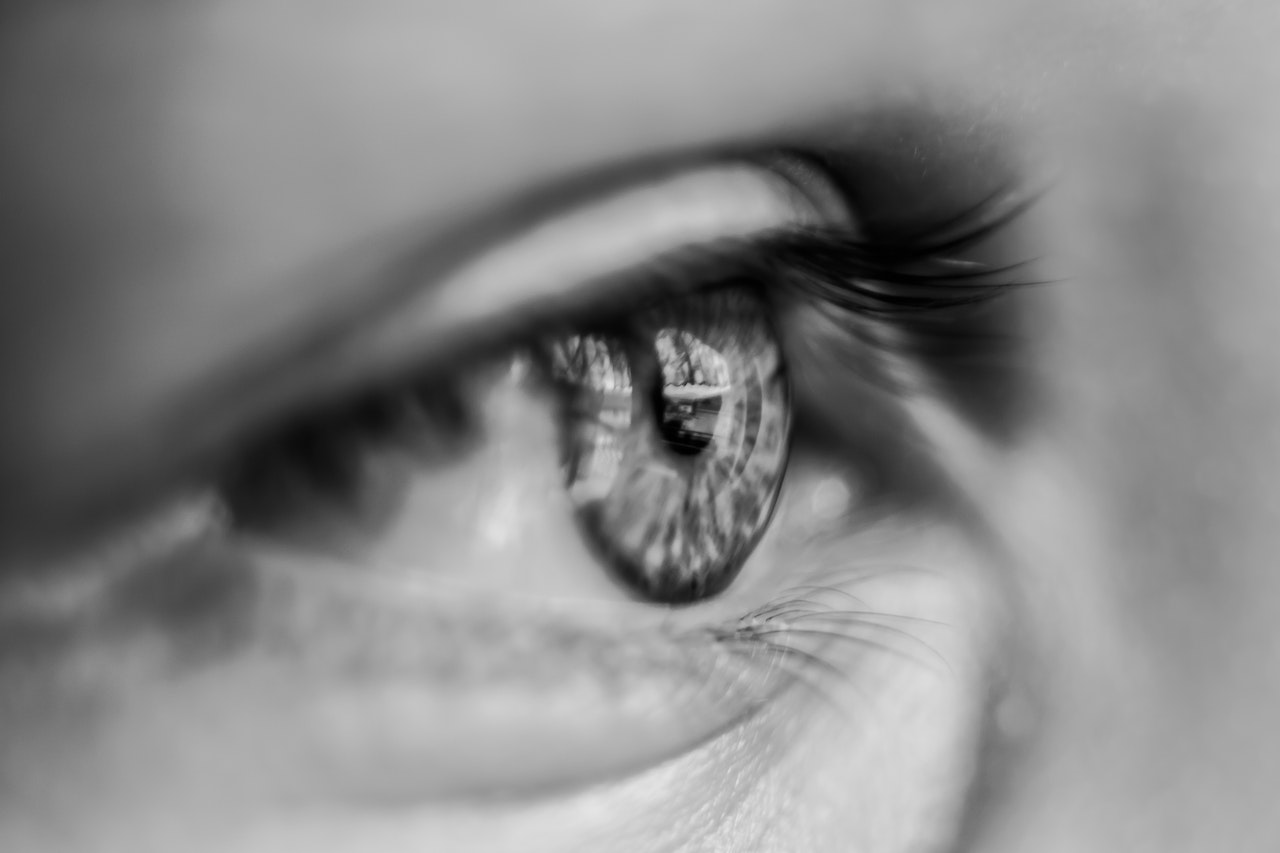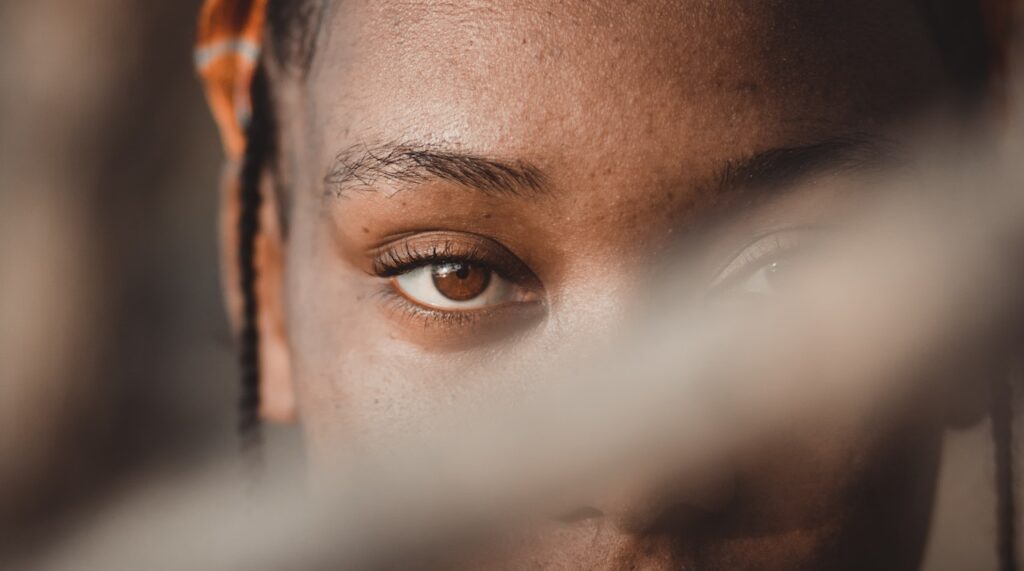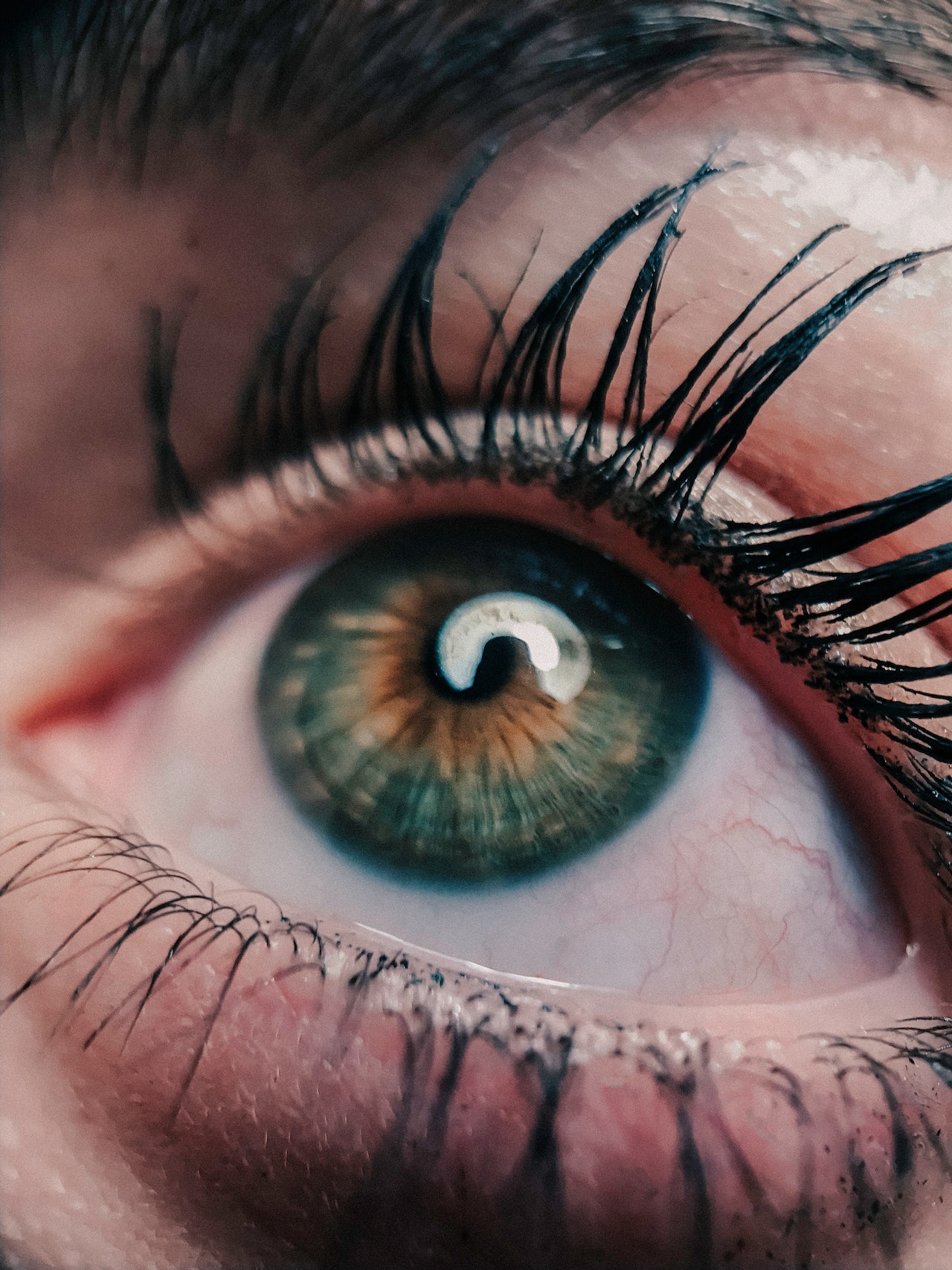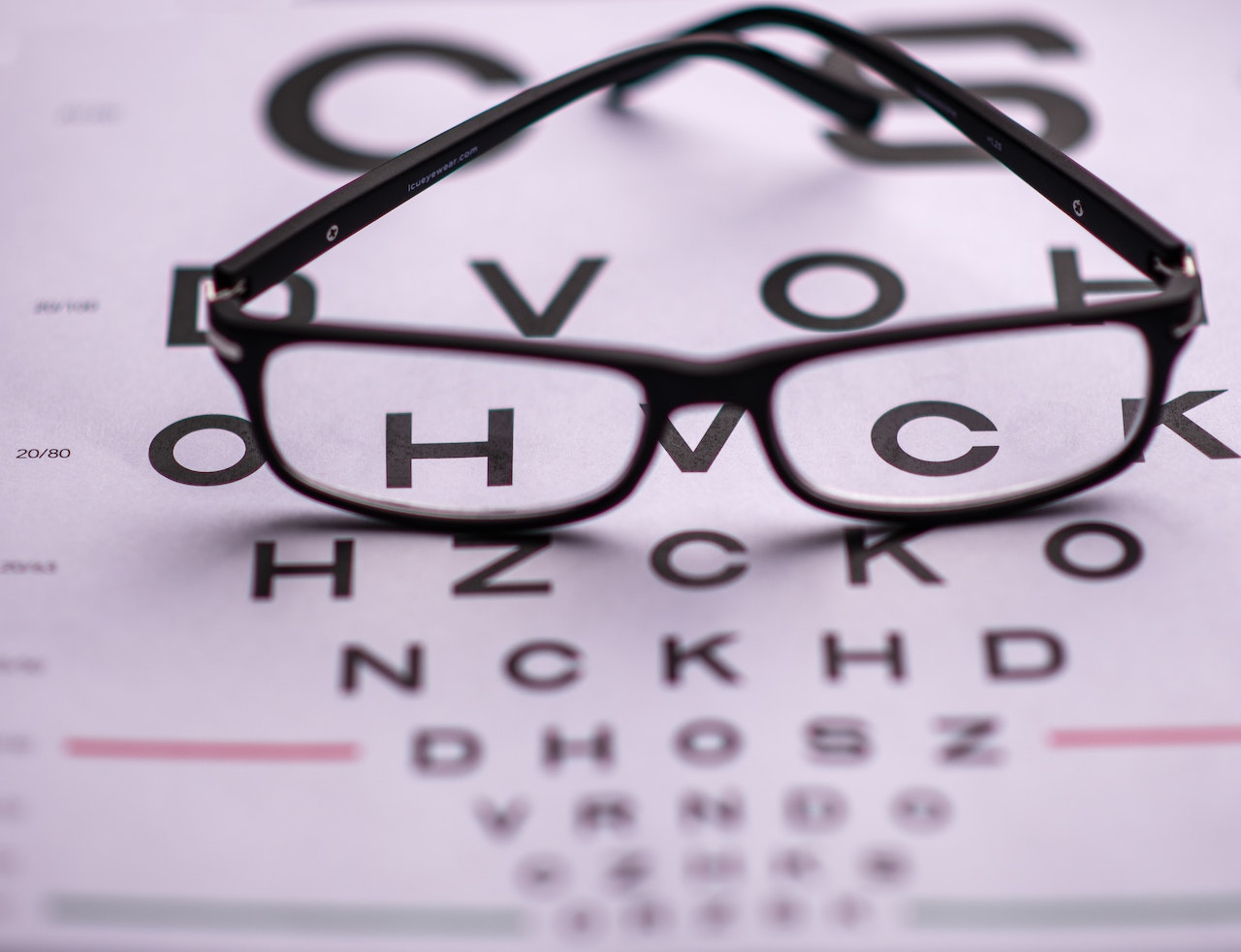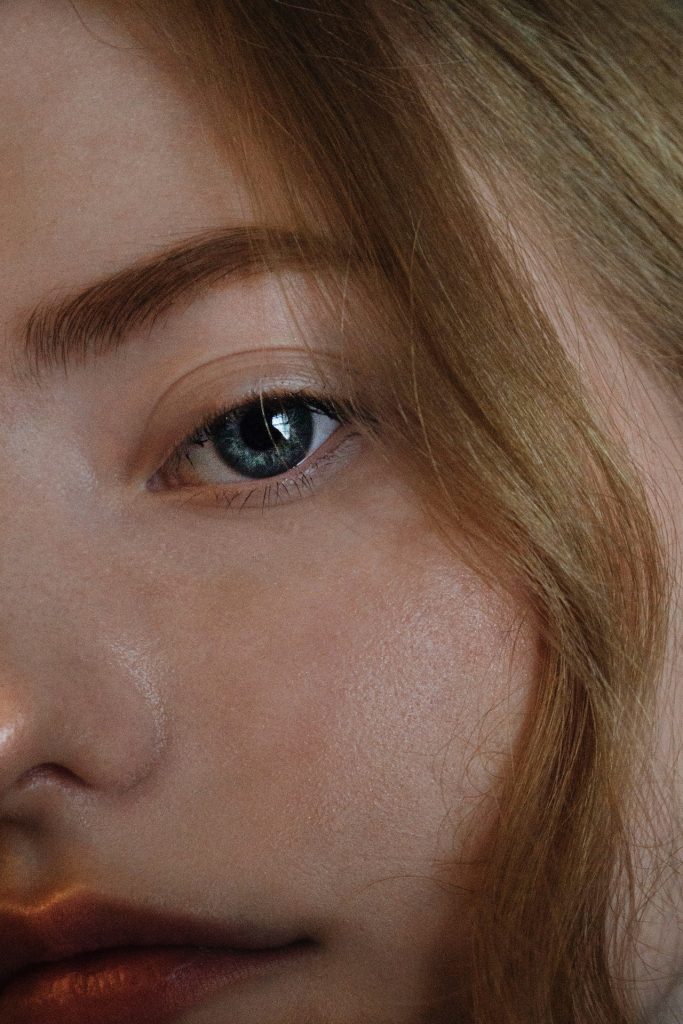As parents, we all want our children to lead healthy lives. But what does that mean for them? Well, it means ensuring that they get the right amount of exercise, eat balanced meals, and avoid junk food, among other things. But there’s another ingredient that can play a large role in their health—their environment. That’s where healthy habits come in.
What are some healthy habits for children?
If you want to raise a healthy child, there are some key habits you should commit to. Here are five of the best:
- Eat a balanced diet:
Children need all the nutrients they can get, so try to include plenty of fruit, vegetables, and whole grains in their diets.
- Get plenty of exercises:
A lot of children become overtired as they grow older, which can lead to obesity and other health problems down the line. Make sure your child gets at least 30 minutes of moderate activity every day – like walking or biking – to stay fit and healthy.
- Avoid smoking and drinking:
Smoking is bad for your lungs and can damage the DNA inside cells, while alcohol can increase the risk of heart disease, liver cirrhosis, and other serious health conditions.
- Set good boundaries:
Healthy children know when they’ve had enough – no matter what age they may be! Try setting limits on how much TV your child watches each day, how many video games they play, or how late they stay up each night. It may take some effort at first, but it will be worth it in the long run – your child will be healthier for it!
Click Here to website our site to get knowledge about Sanpaku Eyes Which is a medical Condition of Eyes : How Rare Are Sanpaku eyes
Keep it positive
If your child is trying to adopt healthy habits, it can be hard to keep a positive attitude. Here are a few tips to help:
- Model healthy habits yourself.
If your child sees you living a healthier lifestyle, they will likely want to do the same. This doesn’t mean that you have to go on a diet or become an exercise fanatic, but making small changes in your daily routine can make a big impact.
- Encourage your child to join sports or other physical activities.
Physical activity can be incredibly beneficial for children and can help them maintain healthy weights as they get older. If your child is reluctant to participate in sports or other activities, try suggesting different types of exercises that they could do at home instead. A little bit of exercise goes a long way!
- Set realistic goals for your child.
It’s important not to set impossible expectations for your child when it comes to adopting healthy habits – after all, they’re still young! Instead, set reasonable goals that you both can achieve together.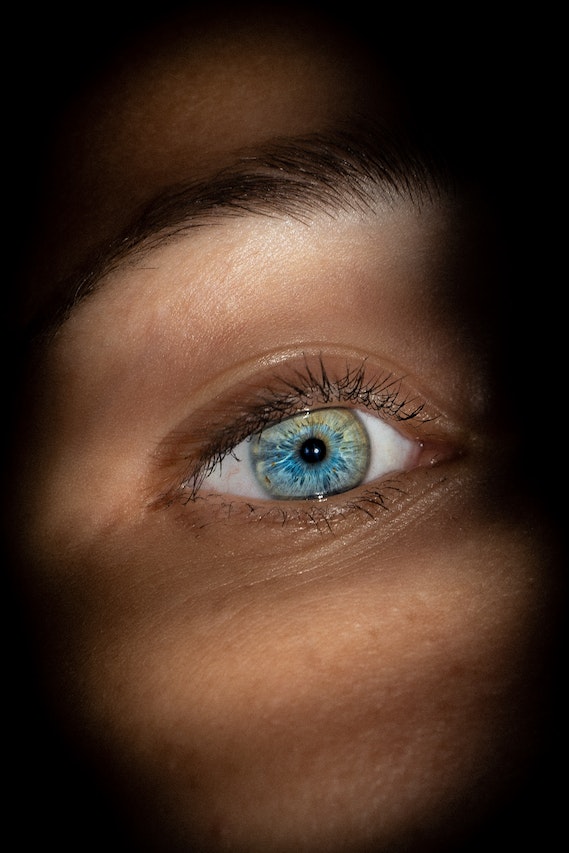
Limit screen time
There is growing awareness of the negative effects of screen time on children and young adults. Too much screen time can be harmful to their mental and physical health.
Screen time should not exceed an hour per day for children ages 2-5, 1-1.5 hours per day for 6-11-year-olds, and less than 1 hour per day for 12-17-year-olds.
It is important that you set limits for your child’s screen time, and be consistent with them. This will help teach your child that there are other ways to spend his or her free time.
You can also establish healthy habits for your child by setting a good example yourself. limit your own screen time as well, and make sure to get enough exercise and sunlight.
Click Here to get some facts about Eyes: How Rare Are Sanpaku Eyes
Read with your child every day
Reading with your child every day is a great way to start building healthier habits for your child. It can help them learn how to read, understand stories, and improve their vocabulary. Plus, it can be a fun activity together. Here are some tips for reading together:
- Choose books that interest your child. If they love cartoons, for example, find books with cartoon characters in them.
- Make sure the book is appropriate for your child’s age and level of reading ability. Choose books that are easy for them to read but still interesting and fun.
- Let your child choose the chapter or section that they want to read first. This will help them get hooked on the story and increase their chances of reading the whole book!
- Discuss what happened in the story while you’re reading it together. This will help your child better understand what they’re reading and build their vocabulary along the way.
- Give feedback after you’ve finished reading the book together, whether it’s positive or negative. This will help your child become a more confident readers and appreciate good literature even more!
Make meals a colorful collage
When it comes to cooking healthy meals for your little one, don’t be afraid to use colorful ingredients! Here are a few tips for incorporating vibrant colors into your child’s diet without going overboard:
- Use brightly colored vegetables as part of your child’s regular diet. Along with providing nutrients and fiber, brightly colored vegetables can also add some excitement and fun to their meals. Try adding rainbow carrots or sweet peppers to their normal dinner rotation.
- Start meals with a colorful fruit salad or fruit cup. A variety of fresh fruits in different colors is an easy way to get your child started on the right track, and they will love the added visual appeal.
You can even top off their salads with colorful nuts, seeds, or yogurt toppings for extra flavor and nutrition.
- Make hearty soups a regular part of your child’s diet. Whether you choose a traditional soup like chicken noodles or split peas or try something new like a Thai cauliflower soup, making a variety of soup styles available will keep things interesting for both you and your little one.
Eat breakfast
When it comes to breakfast, there are a few things you can do to set the foundation for a healthy day.
One easy way to start your day is by eating breakfast every morning. Studies have shown that people who eat breakfast are more likely to have a balanced and nutritious day than those who don’t.
There are many ways to enjoy breakfast, so make sure to choose something that you enjoy and that will help you stay on track with your healthy habits.
Some good options for breakfast include eggs, oatmeal, fruit, yogurt, toast, or cereal.
If you have children, make sure they are getting their recommended dose of vitamin D from sources other than fortified products like cereals or milk. Some good sources of vitamin D for children include fatty fish such as salmon or tuna, eggs, Vitamin D supplements, and winter squash.
Raise a healthy child
To raise a healthy child, it is important to have a variety of healthy habits. Here are five healthy habits for the child:
- Eat a balanced diet: One of the most important things you can do for your child’s health is to make sure they’re eating a balanced diet. Eating too many sugary or processed foods can lead to weight gain and unhealthy body composition.
Make sure to include plenty of fruits, vegetables, whole grains, and lean protein sources in their diet.
- Exercise regularly: Exercise is another important way to keep your child healthy and happy.
Studies have shown that spending 30 minutes or more each day exercising can improve cardiovascular health, increase muscle strength and size, reduce stress levels, decrease anxiety and depression symptoms, and boost cognitive function.
- Get enough sleep:
Getting enough sleep is essential for both adults and children. Not getting enough sleep can lead to chronic diseases such as obesity and diabetes Mellitus type 2. Children who get enough rest also tend to be less anxious and have better academic performance.
Allow your child at least eight hours of uninterrupted sleep per night. If they are struggling with getting a good night’s sleep try these tips:

